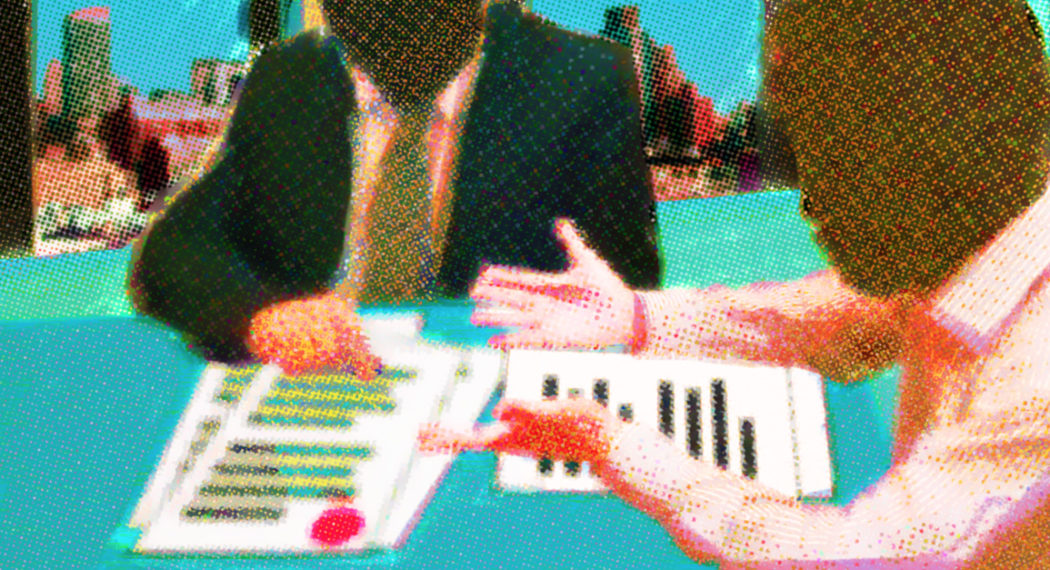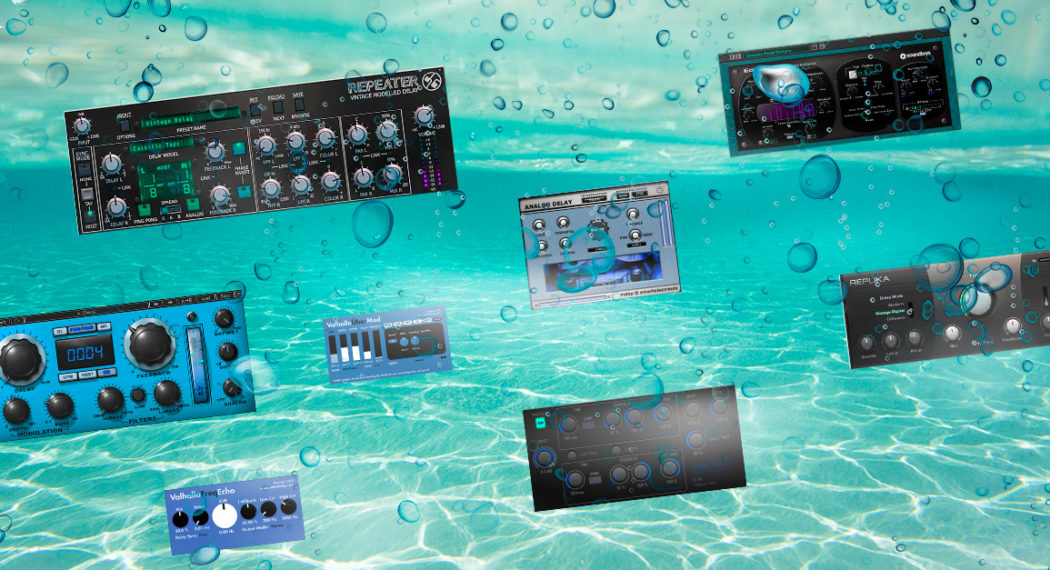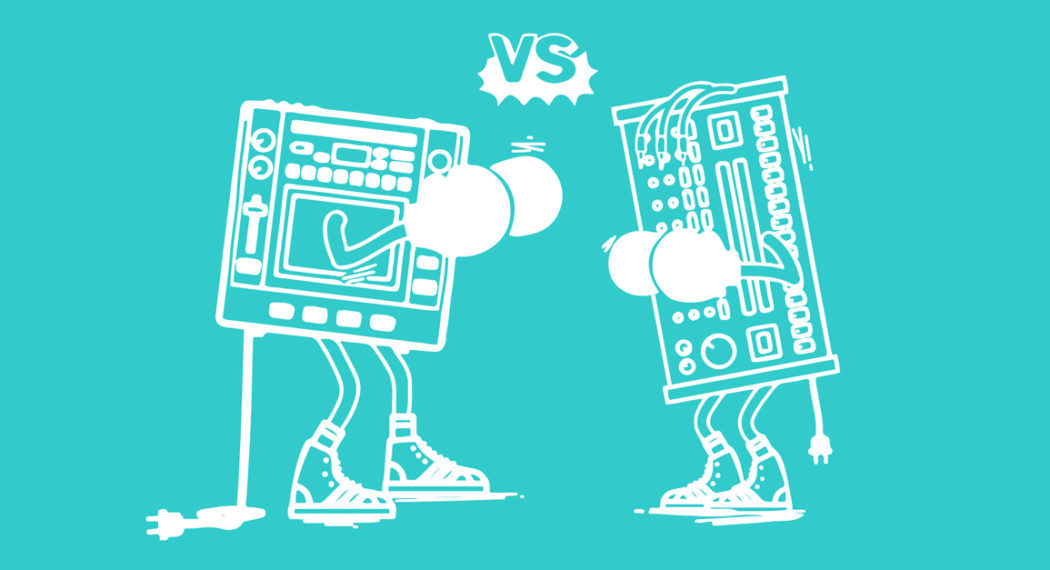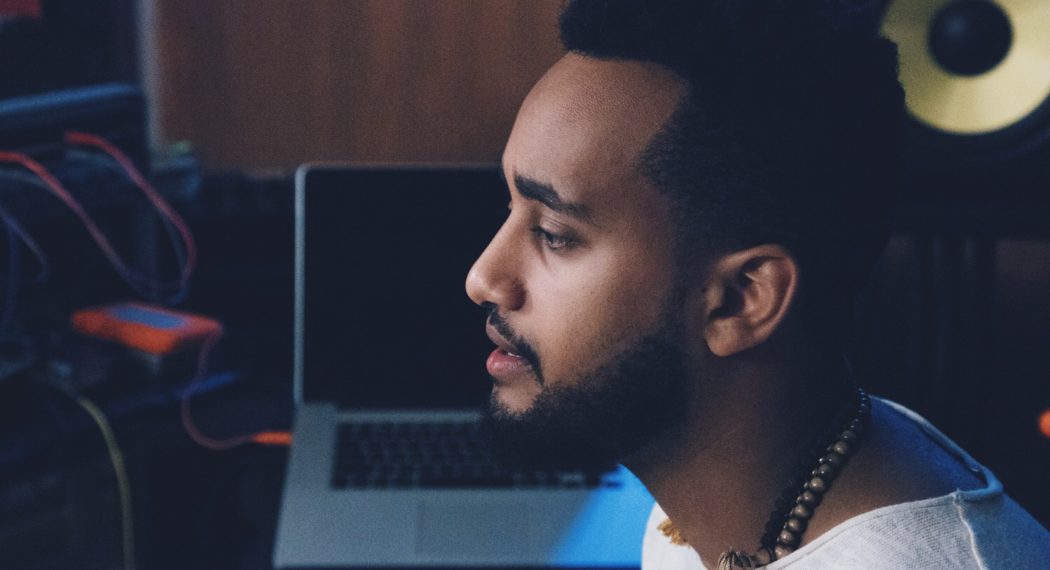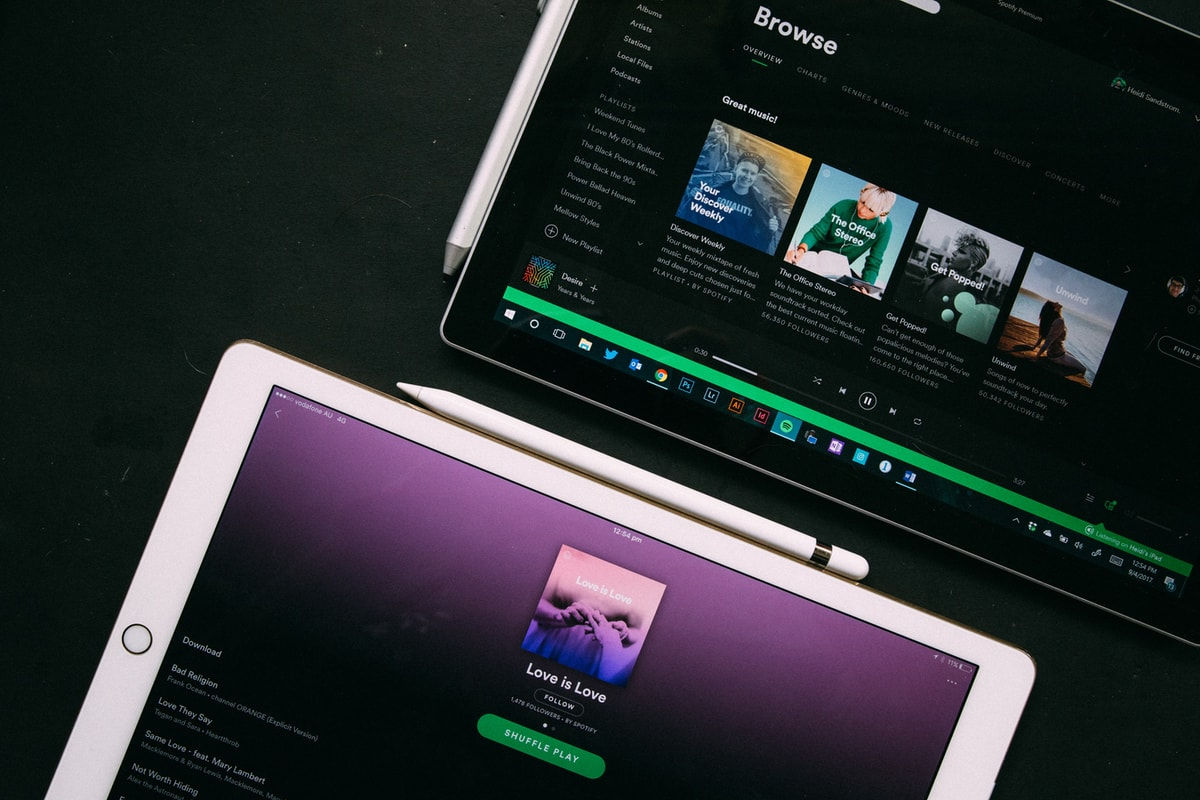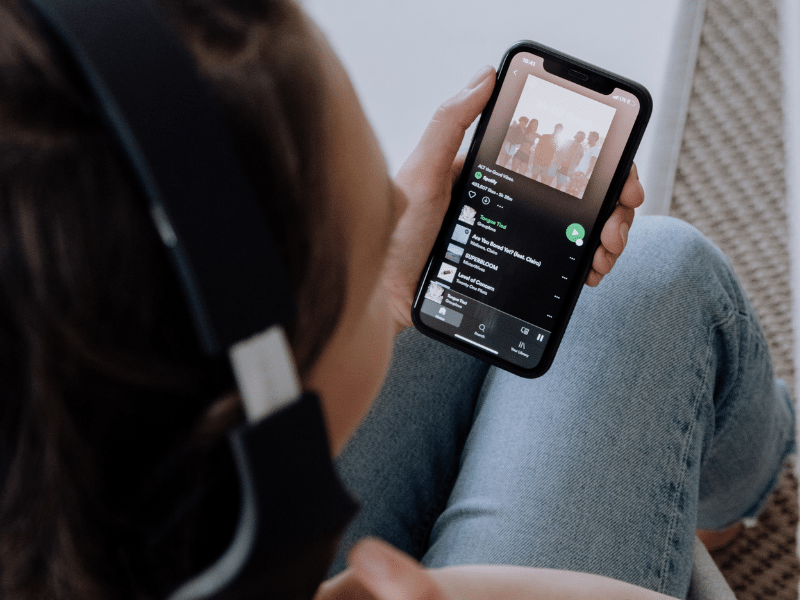Samples have always been about creativity and pushing music forward. They’re important tools especially when you need some creative fuel for your DAW.
The truth about using samples.When I go online and read about sampling, I get pissed off.
But There’s so much misinformation out there. It’s easy to think: “I might as well not even do it.” It’s time to put some of the falsities of sampling to rest once and for all…
Here’s the truth about 4 common sampling myths that are limiting your creativity.
Myth 1: Sampling means using other music
Sampling doesn’t have to come from inside your computer. It doesn’t even have to be pre-recorded music. The outside world is filled with sounds ready to be sampled.
Go to parks, streets, subways, airports and even your own house.
Want proof? Matthew Herbert’s album Around the House (1998) is made with tons of sounds he recorded, well, around his house!
So get your phone out and start recording! Most cell phones these days come with a recording app.
If you want better quality samples, think about investing in a portable recorder.
Here are three models under $200 USD that you should consider:
- Zoom H1
- Tascam DR-40
- Roland R-05
Set the recording quality to 44.1 kHz or 48 kHz and 24 bits. Record lossless formats: WAV or AIFF.
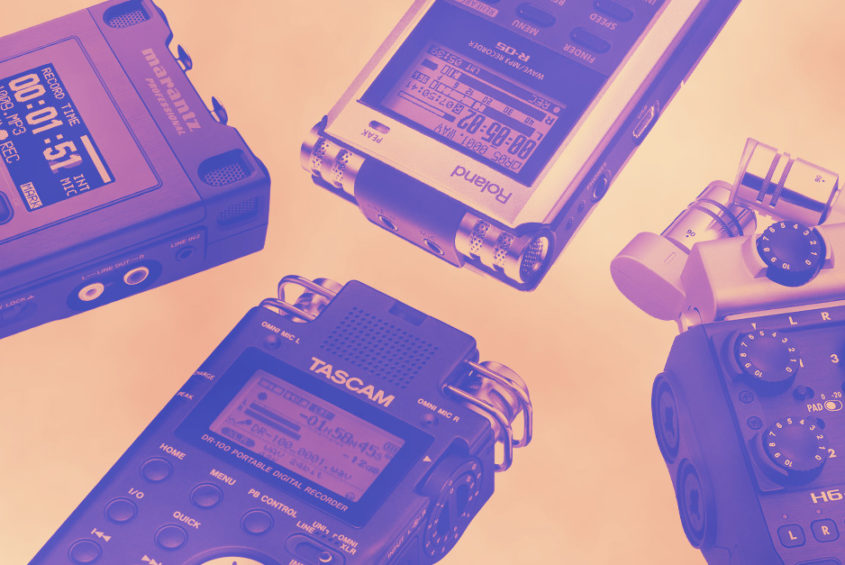
Record outside the box! No one has a copyright on the birds in your backyard. Sampling doesn’t always mean parts of someone else’s music.
So start sampling everything and turn the world into one giant sample pack!
Once you have some good stuff recorded, make sure you check out our guide on preparing samples for your DAW. It’ll help you to get the most out of all those juicy sounds you’ve been capturing.
Myth 2: Good samples cost money
Anyone who tells you that good samples cost a fortune is wrong (Consider unfriending them? Just kidding…)
These days there’s plenty of royalty-free sample packs that you should be using for free. Here’s three places to find free sample packs:
- Wavy
- SampleSwap
- SamplePhonics

- Sample packs come in a variety of shapes and sizes. There’s one out there for pretty much anything.
Even huge artists produce free sample packs. It’s a great way to give back and encourage new music.
For example, Canadian house producer Project Pablo made a sample pack for Wavy. Grab his free sample pack and start chopping.
-
Myth 3: All sampling is illegal
Have you ever heard of Creative Commons (CC)?
It’s a growing community of artists (musicians included) who offer an alternative to copyright. People can choose to distribute their work using a CC license.
If a song is covered by the Sampling Plus 1.0 license, you’re free to sample it. Sweet.
Mash it up, remix it and sample it. As long as you credit the authors you’re good to go. Keep in mind that using these samples has to be for non-commercial purposes (you can’t sell it for money).
Here’s how to find sounds under a Sampling Plus 1.0 license:
- Go to FreeSound.org
- Create a free account
- Type in a search term and press enter
- Under ‘Licenses’ select ‘Sampling+’ and you’ll see only the sounds that have a Sampling Plus license. Have fun
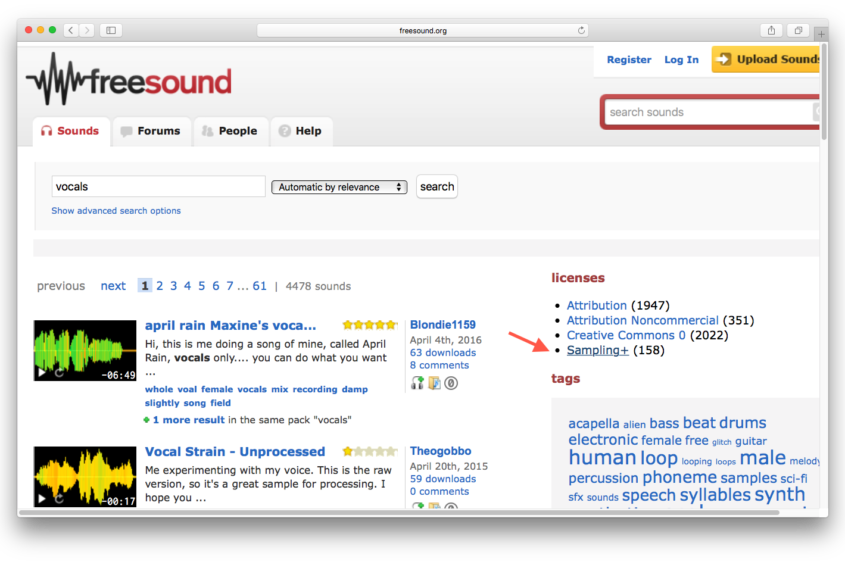
Songs that fall under public domain are also great places to look for samples. But legalities will vary for every song. If you find something you like, make sure you know what you’re getting into.
Real talk: most sampling of someone else’s music is illegal in copyright terms. Even if you distribute it on a free mixtape.
The original artist always has the right to request that you remove it (many don’t bother, but you should always be careful with sampling).
Myth 4: Using only a few seconds of a track is legal
Lastly, a word of caution.
Microsamples are tiny parts of someone else’s music. A few seconds or even less. They might even be un-recognisable.
Many people think that using microsamples is legal. But it’s not.
If you’re using any part of pre-recorded music in your track, you need to clear the sample with the authors.
But there’s a solution to all that hassle. Microsample recordings that you made!
Get a friend to sing and record it. Then treat the recoding like a sample. Pitch it up or down. Chop it up. Create repetition by copy and pasting the same snippet.
Forget the myths
Sampling is a slippery slope.
Most laws don’t fit the reality of today’s music.
But knowing what’s true and what’s a myth will make you a more informed producer.
You’ll be able to sample confidently, knowing that your creativity won’t be punished by a lawsuit.
If you’re using someone else’s music, get permission and legal clearance. Otherwise get creative, record sounds around you and use them like samples.
Sampling is more about listening to sounds in a musical way and making them your own.
So make sure to take your handheld recorder everywhere and be ready to sample the world.
Forget the myths, know the rules and always find a way around them.

